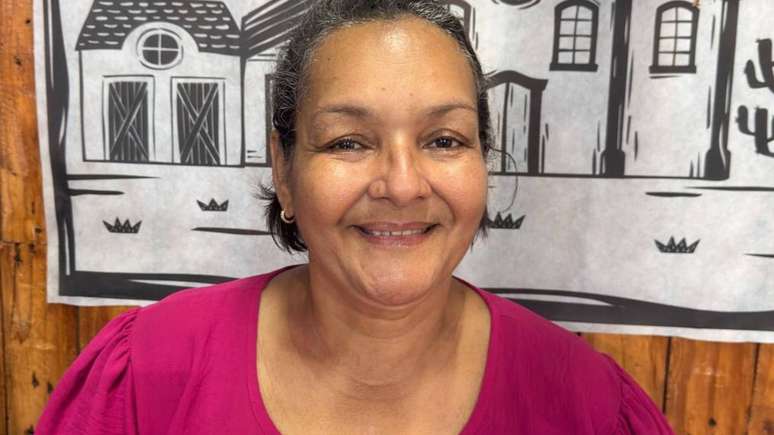The study also found that the second place with the highest incidence of harassment is public transport.
html[data-range=”xlarge”] figure image img.img-2b4f827a710ef4534f63ecf0dc385d4598rr2xdp { width: 774px; height: 479px; }HTML[data-range=”large”] figure image img.img-2b4f827a710ef4534f63ecf0dc385d4598rr2xdp { width: 548px; height: 339px; }HTML[data-range=”small”] figure image img.img-2b4f827a710ef4534f63ecf0dc385d4598rr2xdp, html[data-range=”medium”] figure image img.img-2b4f827a710ef4534f63ecf0dc385d4598rr2xdp { width: 564px; height: 349px; }
Most cases of harassment are of a psychological or moral nature (42%) and occur in the workplace (33%) and in southeast (77%) Brazil. Furthermore, more than 80% of Brazilians have already experienced some type of harassment, a number that could be higher, as many cases can be interpreted as a joke by the victims. These are some of the conclusions of the study “Map of harassment in Brazil”, conducted by KPMG in February 2023 with more than a thousand respondents from all federative units.
The content also highlighted that the second place with the highest incidence of harassment is public transport (11%), followed by environments with family, friends or acquaintances (9.5%). This still happens in educational establishments (8%), in bars or restaurants (7.5%), in open spaces or outdoors (6%), in concerts and events (5%).
Regarding the classification of cases, after 42% who cited moral or psychological harassment, there are: sexual harassment (26%), discrimination (14%), retaliation (13%), virtual harassment or cyberbullying (5%) .
“These situations cannot be admitted and the entry into force of the law 14.457/22, in March 2023, obliges companies with an internal Accident Prevention Commission to take measures to prevent different types of harassment. However, organizations need to move beyond compliance to a more proactive stance to combat this violence. This is all the more reason to implement an anonymous reporting channel to receive, investigate and follow up on cases,” says Emerson Melo, partner-lead of forensic practice at KPMG in Brazil and co-leader in South America.
Cases of harassment broken down by region
As regards the regions of occurrence, after the Southeast, with 77% of cases of harassment, there are the South (9.50%), the Northeast (6%), the Midwest (5.6%) and the North (2.3%). In state terms, São Paulo recorded 56% of cases, followed by Rio de Janeiro (11%) and Minas Gerais (8%).
Four out of five people (82%) who experienced some form of harassment opted not to report the case, with 55% not reporting it anyway and 27% not reporting it because there was no reporting channel.
A fifth of those interviewed (12%) reported the harassment to those responsible, 3% reported it to the police or public channels and only 2.4% reported the harassment to those responsible for the environment in which they were violence occurred and, in addition, resorted to law enforcement or public channels of public communications.
“The high rate of victims who choose not to report cases of harassment is extremely serious and, in many cases, derives from the lack of adequate tools and channels to seek protection and reparation. In order for these cases to never happen again, organizations that are not prepared for these situations need to do more and provide a training and qualification calendar for all levels of hierarchy on violence, harassment, equality and diversity in the workplace,” he says Carolina Paulino, Partner of the Forensic and Ethics Practice Line at KPMG in Brazil.
HOMEWORK inspires transformation in the world of work, in business, in society. Created by COMPASSO, a content and connection agency.
Source: Terra
Ben Stock is a lifestyle journalist and author at Gossipify. He writes about topics such as health, wellness, travel, food and home decor. He provides practical advice and inspiration to improve well-being, keeps readers up to date with latest lifestyle news and trends, known for his engaging writing style, in-depth analysis and unique perspectives.






![Un Si Grand Soleil Preview: Episode Summary for Wednesday, October 22, 2025 [SPOILERS] Un Si Grand Soleil Preview: Episode Summary for Wednesday, October 22, 2025 [SPOILERS]](https://fr.web.img2.acsta.net/img/0e/67/0e6770bb5a7db892123914fb7afca318.jpg)

-1hbghh2apxaux.png)
